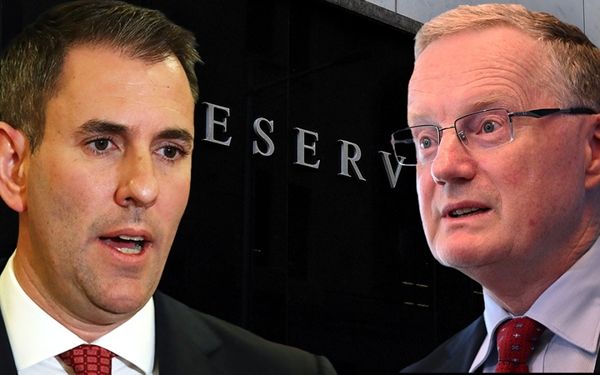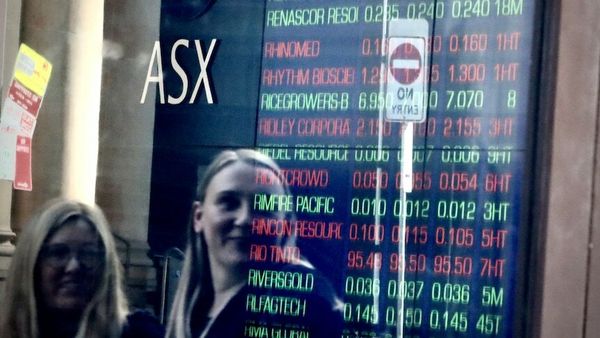The jobless rate lifted slightly to 3.5 per cent in August.
This represented an increase from the 48-year-low figure of 3.4 per cent in July but was still well below what's considered full employment.
A total of 33,500 jobs were added for the month, according to the latest Australian Bureau of Statistics labour force data, which followed an unexpected 41,000 fall in July.
"With employment increasing by 33,000 people and unemployment by 14,000, the unemployment rate rose 0.1 percentage points to 3.5 per cent in August, returning to the same rate as June," Lauren Ford, head of labour statistics at the ABS, said.
The participation rate also rose to 66.6 per cent.
AMP Australia economist Diana Mousina said the lift in the unemployment rate could be explained by the higher participation rate after it plummeted last month due to winter illnesses.
BIS Oxford Economics' Sean Langcake said employment growth was starting to ease as the labour market reached capacity.
"These capacity constraints are expected to drive wage growth higher, although this process has been very sluggish to date," he said.
He said upcoming inflation data, due later this month, and wage price index data, expected in November, would shed light on how quickly labour cost pressures were building.
There have been some indications the labour market is starting to pull back, with job ads, as measured by SEEK, easing in the past three months.
Despite the flattening curve for job ad volumes and applications per job, the labour market remains strong with ad numbers 51.8 per cent higher than in August 2018.
Employment figures will inform the RBA's October rate decision, with Ms Mousina noting the RBA was committed to lifting rates to tame inflation.
"In this process, economic growth will have to slow and the unemployment rate will rise," she said.
"The hope is that the high degree of job openings in the economy will provide some buffer, that is, as growth slows, job openings will decline first before a rise in the unemployment rate."
Fears of a recession in the US sparked by higher-than-expected inflation figures may have also implications for the RBA's schedule.
The surge in US inflation - which will likely keep the Federal Reserve on its aggressive policy tightening path - triggered an international sell-off and wiped $60 billion off the local share market.
Swinburne University senior finance lecturer Mardy Chiah said the potential for further rate hikes in the US pointed to more bad news for Australia.
"This shows that inflation remains a difficult beast to tame and points to further interest hikes in Australia as well," he said.
"We can no longer be certain of those expectations that the cash rate will hit a ceiling of three per cent by next year."
RBA governor Philip Lowe is expected to appear at a House of Representatives economics standing committee hearing on Friday.










